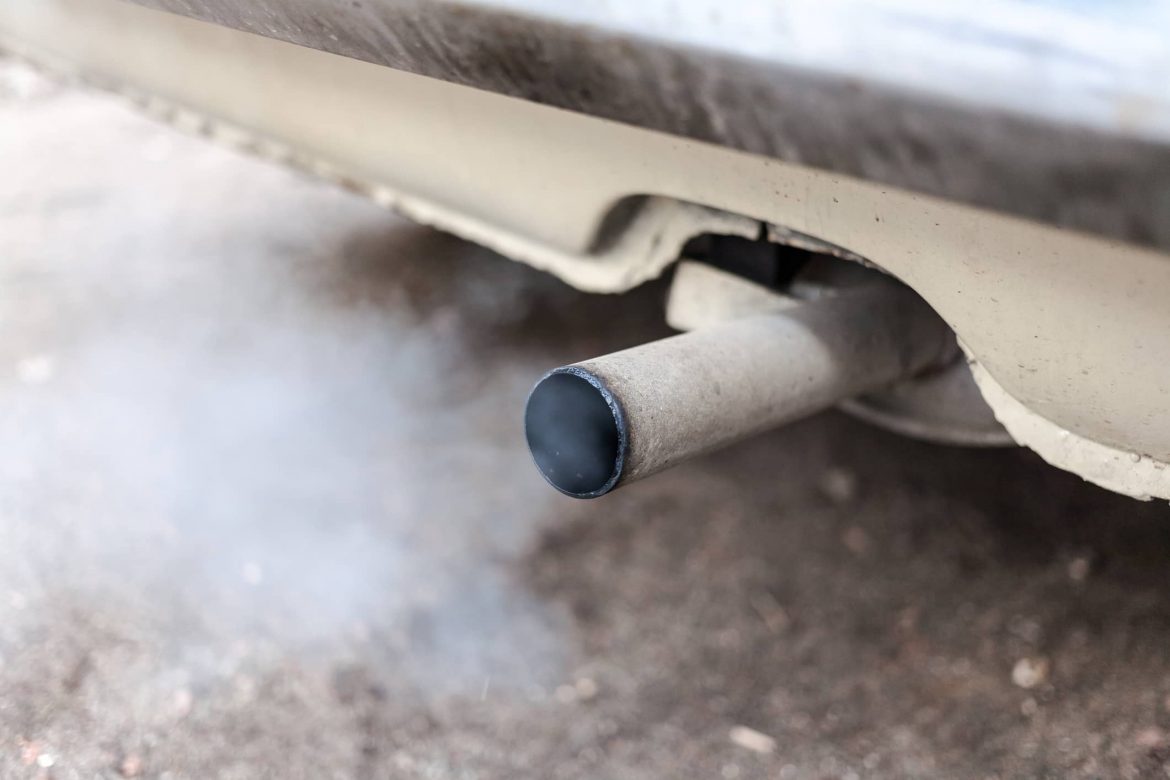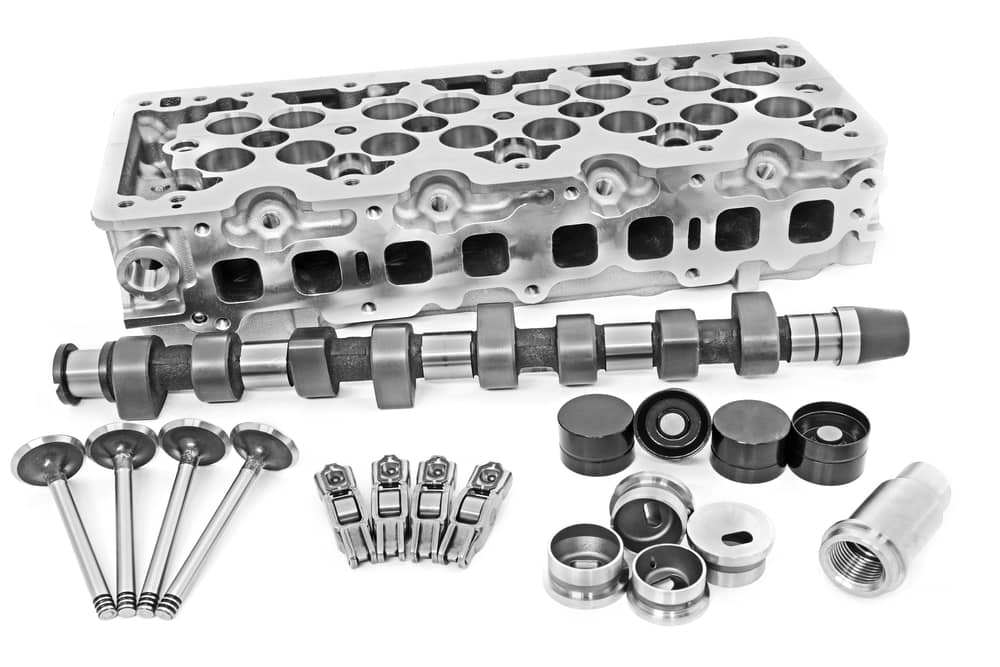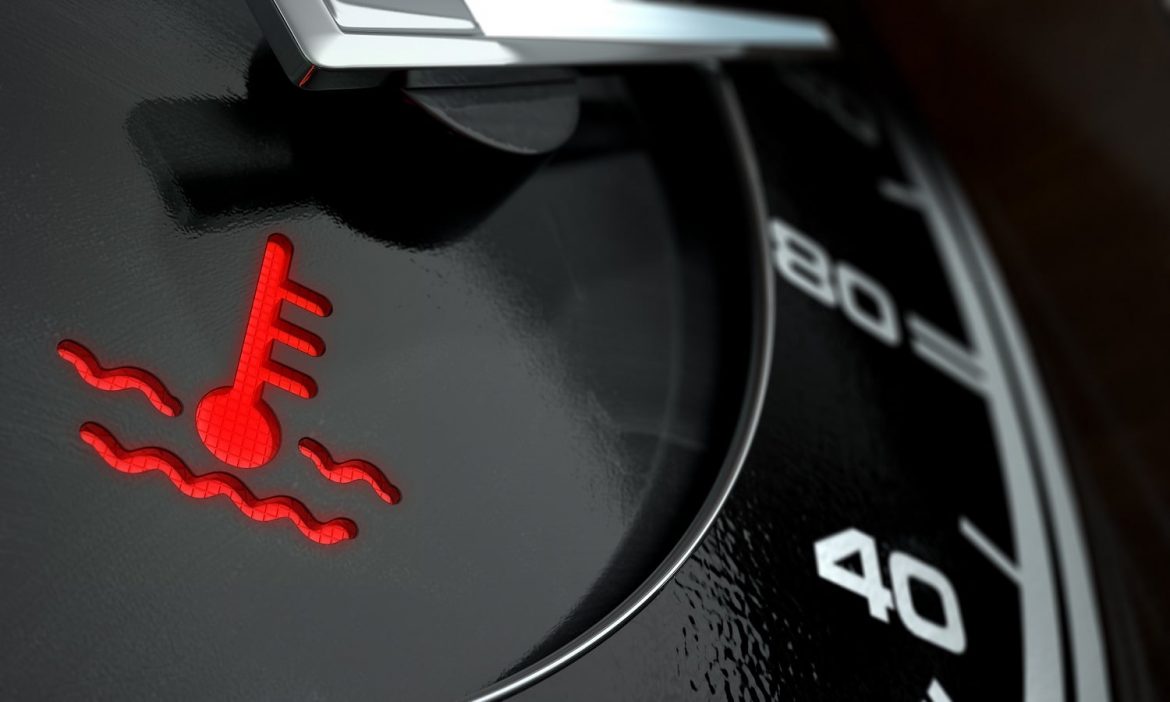Think about how hot you get in the summer. Now imagine you are running miles at a time in the sweltering sun, surrounded by fire, steam and hot exhaust, with metal reaching hundreds of degrees all around you. You would need a drink. Better yet, a cold bath. Without them, you might burn up. Congratulations, you are an automobile. To keep it running smoothly regardless of the temperature outside, here’s how to keep your car engine cool.
Why Does a Car Get Hot, and How Does It Cool down?
We’ll talk about how to prevent your car from overheating, but first, let’s talk about what is going on in there that requires you to ask, “How can I cool down my engine?”
Cars and trucks are propelled by internal combustion engines that employ hundreds of minor explosions every minute to pump metal pistons up and down in metal cylinders, turning metal crankshafts that communicate with metal axles and wheels, pushing the vehicle through the brutal summer air. The furiously hot exhaust from those explosions travels down metal pipes and blows out the back of the vehicle while dozens of pumps and gears and fans and filters perform their functions, many of them powered by the very engine producing all that heat.
In short, it is a nightmare under that hood. Fortunately, there is a system in place to counteract all of this heat. We call it the cooling system, and its job is to keep the whole operation within a temperature range that is safe for the vehicle’s components.
Here is how a cooling system works: A 50/50 mixture of water and antifreeze is pumped through a series of hoses around the engine to absorb its excess heat and then back to the radiator, where a fan blows the heat into the air. The cycle is repeated continuously while the vehicle is in operation, keeping the engine cool enough to continue working.
It is a fairly simple system, and when it is working right, your car engine is happy, even in the dog days of August. There is a lot going on there, though, and the entire symphony of parts must all play their role without fail every second, or else there could be trouble.
For example, when some element of the cooling system leaks, the coolant level drops, reducing its ability to cool the engine. Allowed to persist, this can lead to a complete loss of coolant and an overheated engine.
Ordinarily, the cooling system is a closed loop: nothing enters the hoses, radiator, reservoir or any other part of the system and nothing leaves. The coolant circulates endlessly for thousands of miles, in a cycle of absorbing and releasing heat. Any break in the cooling system – whether allowing coolant out or something else in – like oil, air or particulates – can lead to overheating in a number of ways.
What Can I Do to Keep My Car from Overheating?
Your engine can overheat any time of year, but it is even more likely during the time of year when you and your passengers are hot. To make sure your car engine remains cool in the summer, here are steps you can take to prevent overheating.
Check beneath the car after it has been parked. Every time you approach your vehicle you should check beneath it for leaks. This is important for all the fluids in your car – transmission, power steering, oil, etc. – including coolant. A puddle of green, yellow, orange or other colored liquid, particularly with a sweet smell, is indicative of a coolant leak and the potential for trouble.
Check your hoses and belts. Look for emerging cracks and weaknesses in the hoses and belts. They may not yet be leaking, but you may be able to detect an imminent problem and address it proactively. Doing preventative maintenance like this can be very cost-effective.
Keep an eye on your coolant temperature sensor. Your vehicle’s temperature gauge is a good indicator of what is going on in the cooling system. If you see the temperature creeping up over time, or it spikes unexpectedly, immediate action is warranted.
In the case of a slow rise in engine temperature, particularly absent a leak, one option is to use an additive like BlueDevil Engine Cool to lower the temperature. BlueDevil Engine Cool’s unique formula is guaranteed to reduce engine operating temperatures by a whopping 25 degrees Fahrenheit. It accomplishes this by decreasing the surface tension of the coolant for improved heat transfer. It also eliminates hotspots in cylinder heads, can prevent overheating and extend the life of water pumps seals.
Simply pour a bottle into the radiator with the engine off, then start the engine with the heater turned up all the way. Let it run for 15 or 20 minutes to circulate the additive. BlueDevil Engine Cool is compatible with all types of antifreeze, safe for all components and will last about 20,000 miles.
If the vehicle’s temperature rises dramatically, it is likely due to a malfunction somewhere in the cooling system that cannot be solved with an additive. In that case, BlueDevil Engine Cool may work as a stopgap until your schedule allows you to get the vehicle to a car care professional.
Check the radiator, especially the cap. Coolant can escape from the radiator either as steam or as liquid, or through cracks in the rubber seal in the cap. This is a common issue and is easily remedied by replacing the seal.
Check the coolant level. For a variety of reasons, the vehicle may simply be low on coolant. Make sure to add a 50/50 mixture of antifreeze and water up to the levels indicated inside the coolant reservoir.
Cloudy Cooling System Fluid
While you’re checking your coolant levels, check the color of the fluid inside the reservoir as well. If it is cloudy or viscous, one of two problems may be present: Either the system needs to be flushed or motor oil has seeped into the coolant. Let’s take them one at a time.
If the system needs to be flushed, which occurs roughly every 50,000 miles, you can do it yourself for around $25 using BlueDevil Radiator Flush. Taking it to a mechanic will cost roughly $100.
The presence of oil in coolant is a telltale sign of a blown head gasket and is likely a job for a professional. Blown head gaskets are fatal to automobiles if not addressed quickly, so take the car to a service station and be prepared to spend about $1500 to save its life.
Other Ways to Keep Your Engine Cool
Coolant is not the only fluid responsible for cooling the engine. Check your oil level to make sure there is enough, as oil helps lubricate, clean and cool the engine. When moving parts are not lubricated, they generate excess heat that may be more than the cooling system can alleviate. Make sure your oil is clean and full, and change it according to the regimen outlined in your owner’s manual.
Keeping your vehicle cool is a great way to avoid losing your cool, so make sure everything is in working order before taking it for a spin in the summer heat.
BlueDevil Products can be found at AutoZone, Advance Auto Parts, O’Reilly Auto Parts, NAPA, Parts Authority, Auto Value, Bumper to Bumper and other major auto parts retailers.
BlueDevil Products can be found on Amazon.com or at AutoZone, Advance Auto Parts, O’Reilly Auto Parts, NAPA, and other major auto parts retailers.
Related Articles



